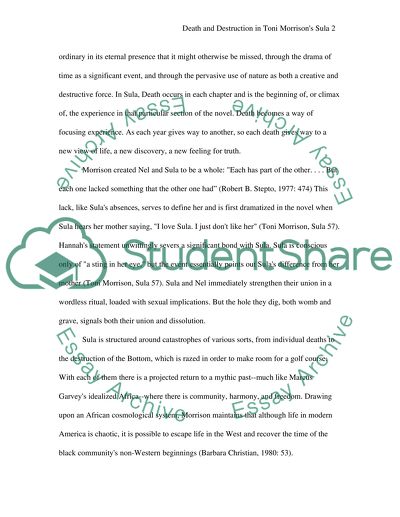Cite this document
(“Death and Destruction in Toni Morrison's Sula Essay”, n.d.)
Retrieved from https://studentshare.org/literature/1511330-death-and-destruction-in-toni-morrisons-sula
Retrieved from https://studentshare.org/literature/1511330-death-and-destruction-in-toni-morrisons-sula
(Death and Destruction in Toni Morrison'S Sula Essay)
https://studentshare.org/literature/1511330-death-and-destruction-in-toni-morrisons-sula.
https://studentshare.org/literature/1511330-death-and-destruction-in-toni-morrisons-sula.
“Death and Destruction in Toni Morrison'S Sula Essay”, n.d. https://studentshare.org/literature/1511330-death-and-destruction-in-toni-morrisons-sula.


